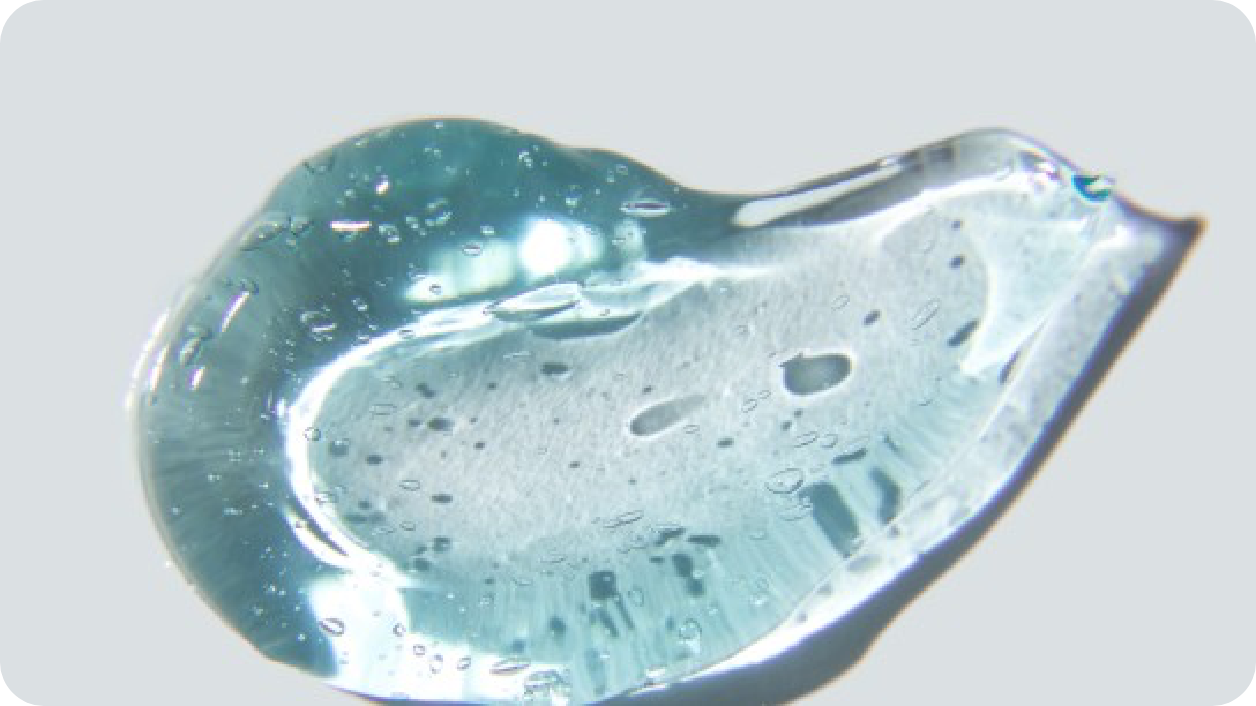We Offer Acetic Acid in various grades
A few of the grades available are listed below:

Diethyl phthalate (DEP) is a clear, colorless liquid with a mild odor that finds various industrial applications due to its versatility and properties.
Product:
DEP & FRAGRANCE GRADE
CAS:
84-66-2
Synonym:
Phthalic acid, diethyl ester; 1,2-Benzenedicarboxylic acid, 1,2-diethyl ester
Appearance
Clear colorless liquid
Boiling Point
298-299 °C
Density
1.120 g/cm3
Flash Point
161 °C
Melting Point
-40.5 °C
Molar Weight
222.24
Odor
Mild odor
Purity
99.5%
Refractive index
1.502
A few of the grades available are listed below:

Diethyl phthalate (DEP) is a clear, colorless liquid with a mild odor that finds various industrial applications due to its versatility and properties. Here are some of its common uses:

Enter a chemical name, synonym or CAS# below